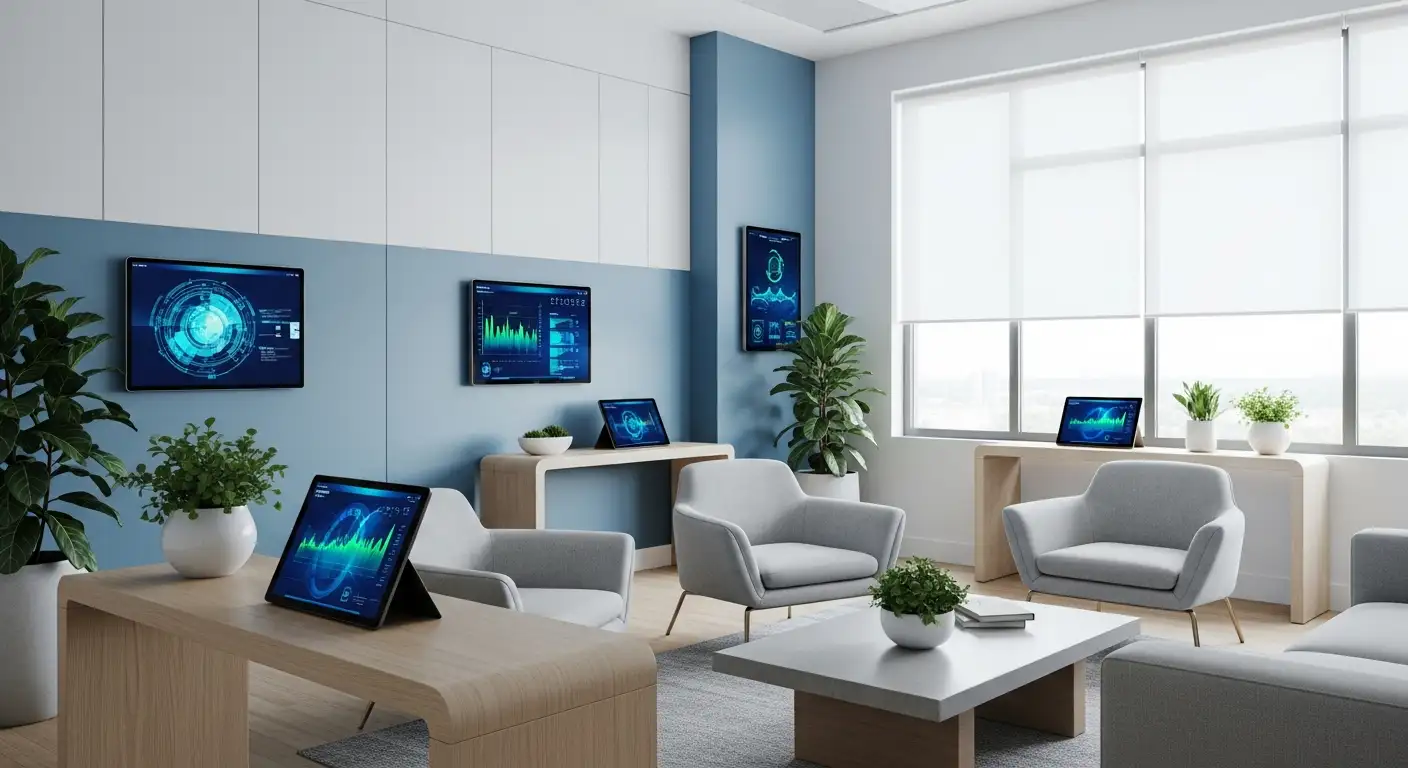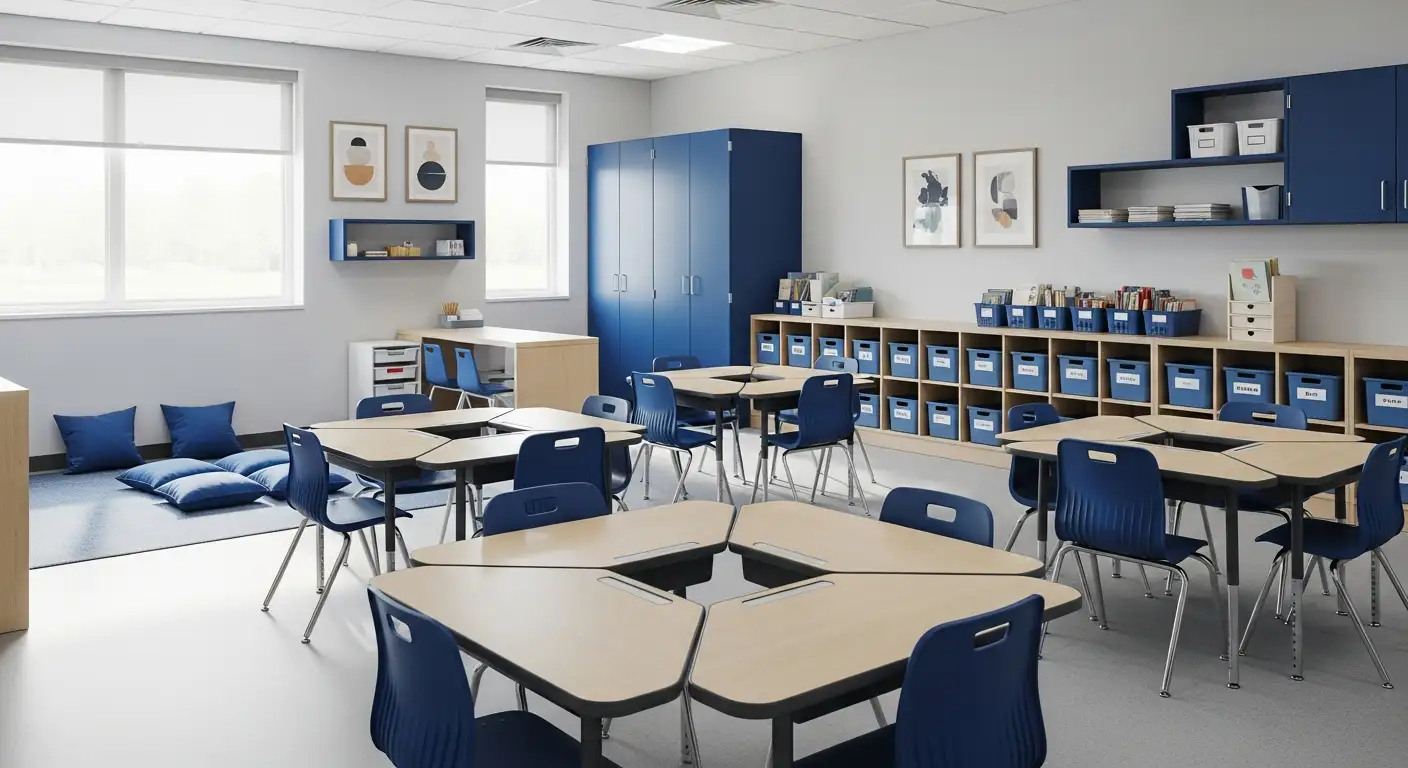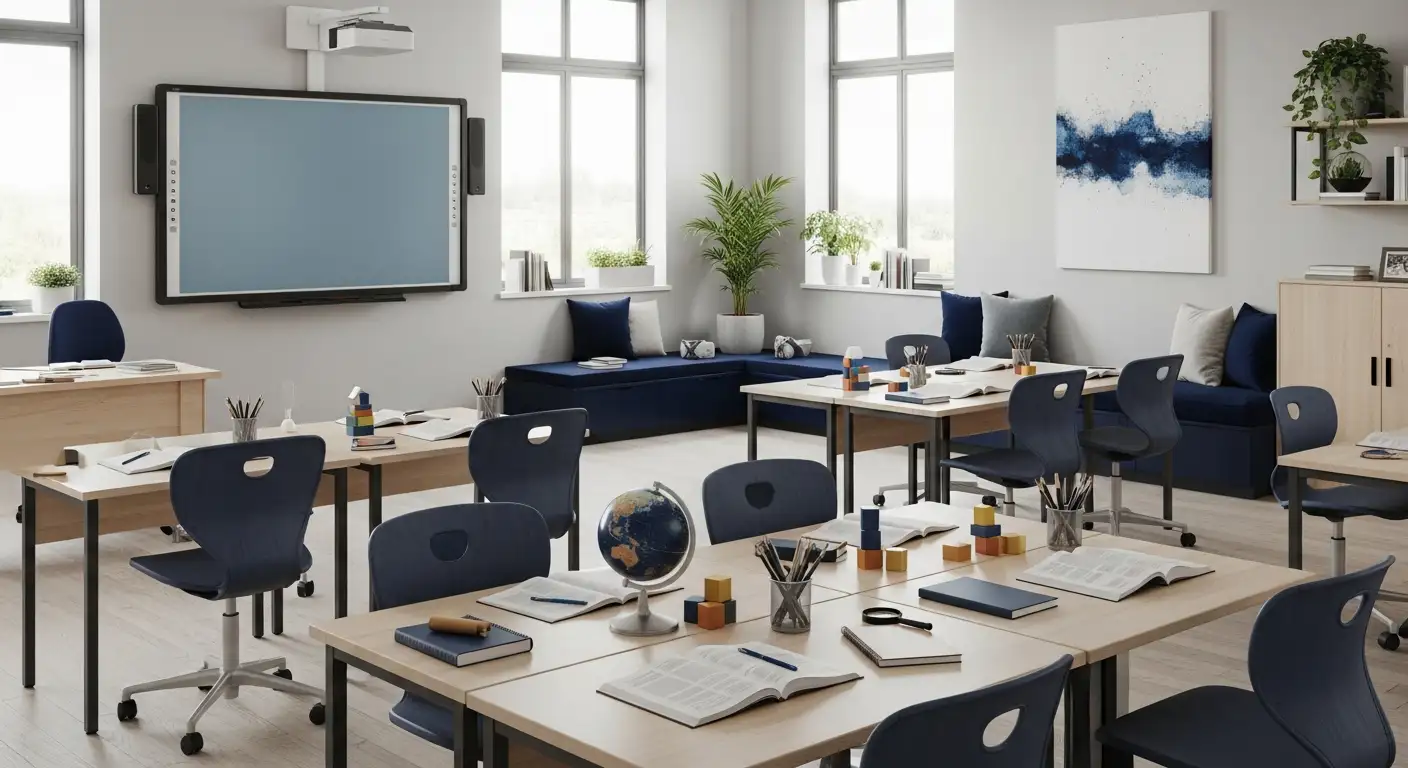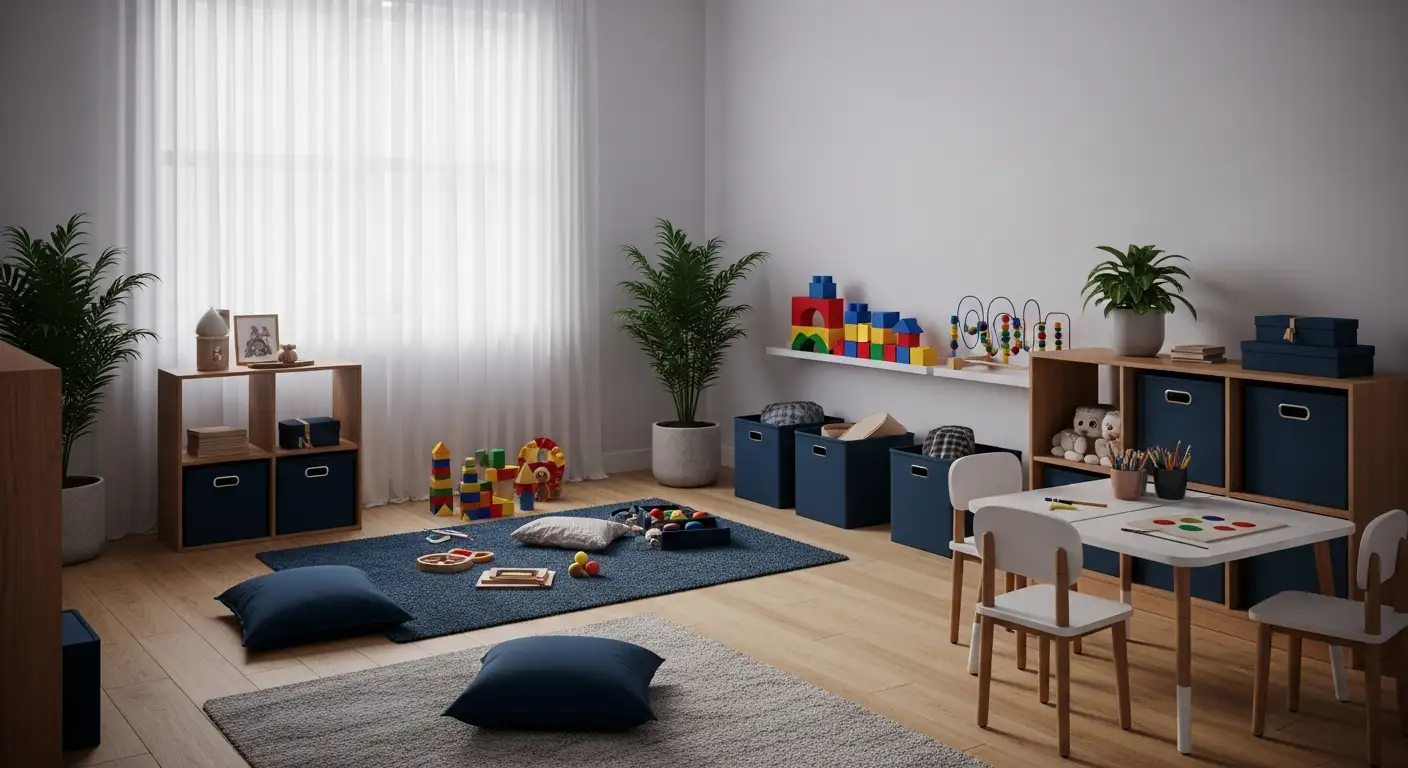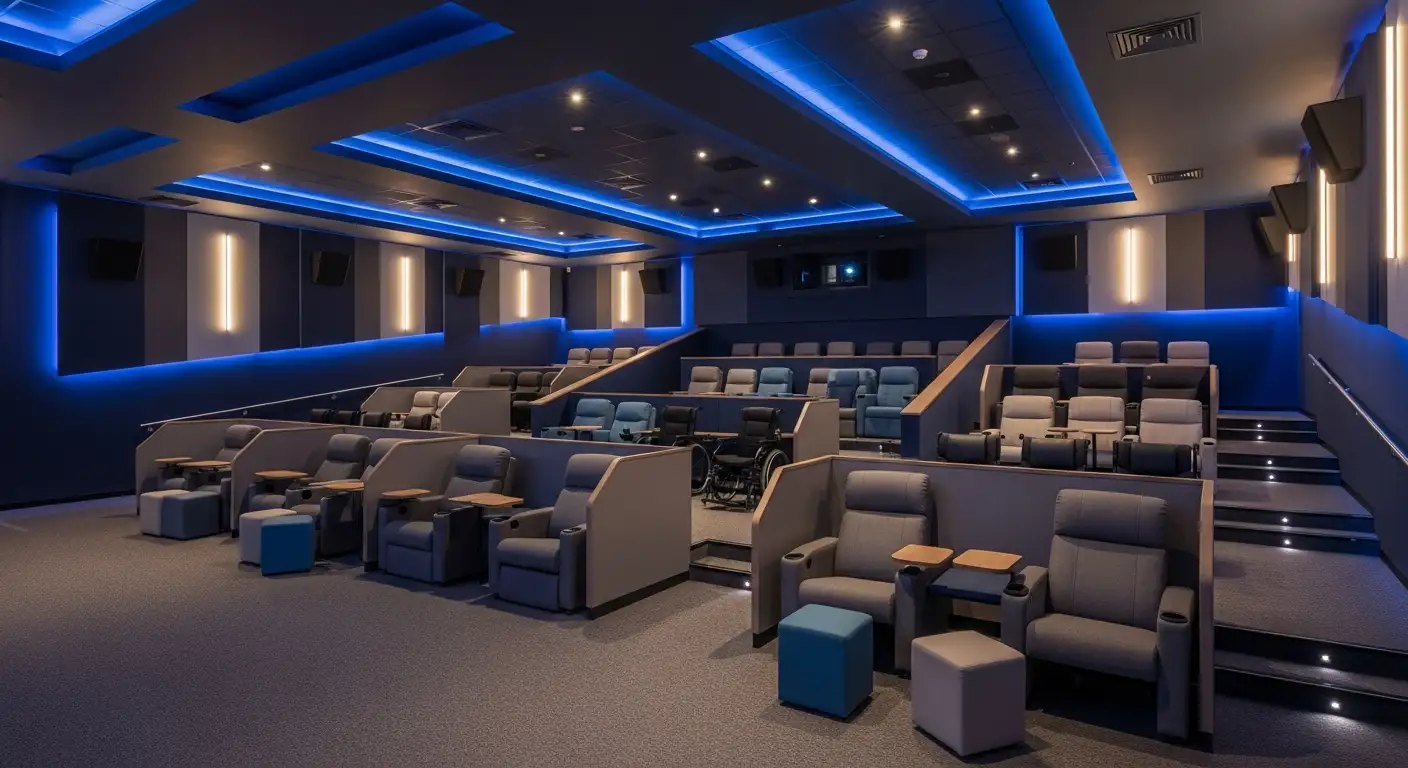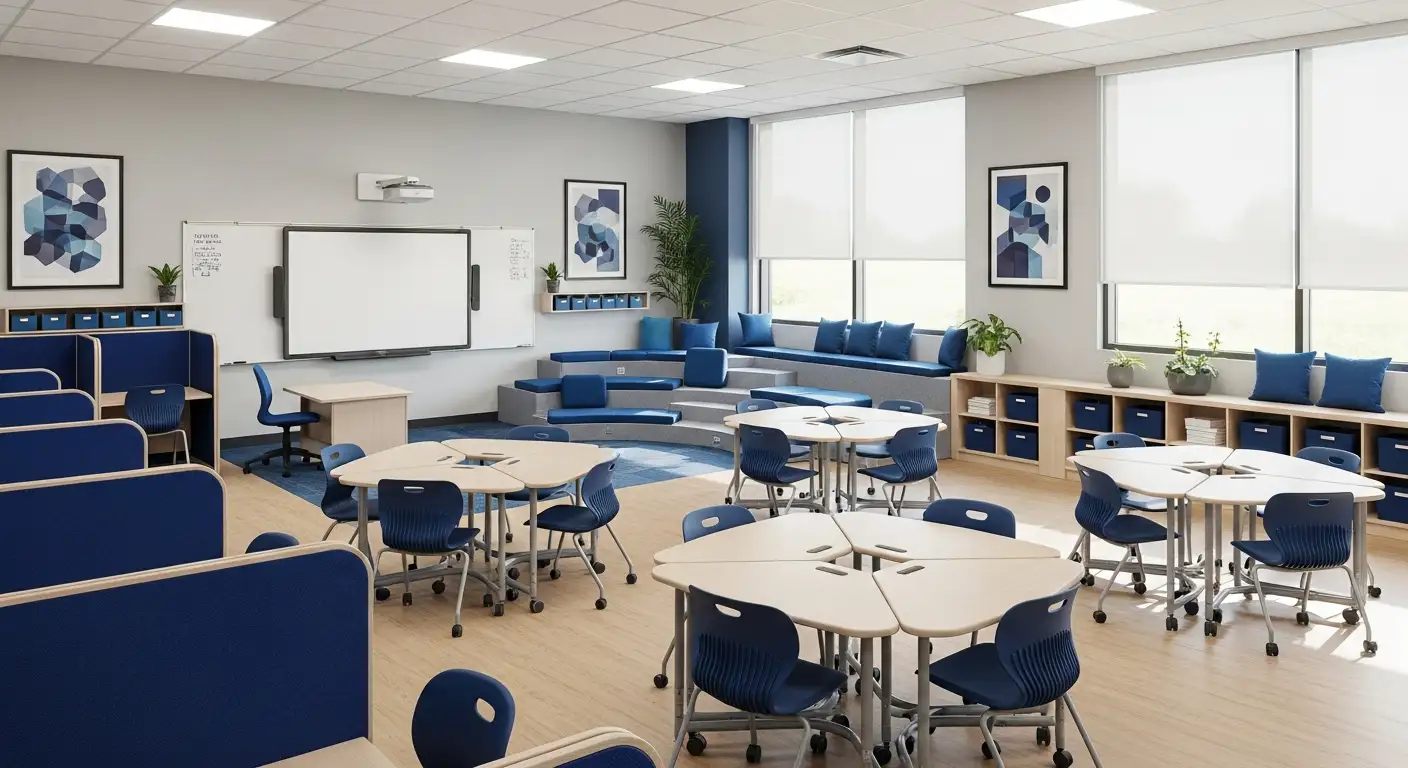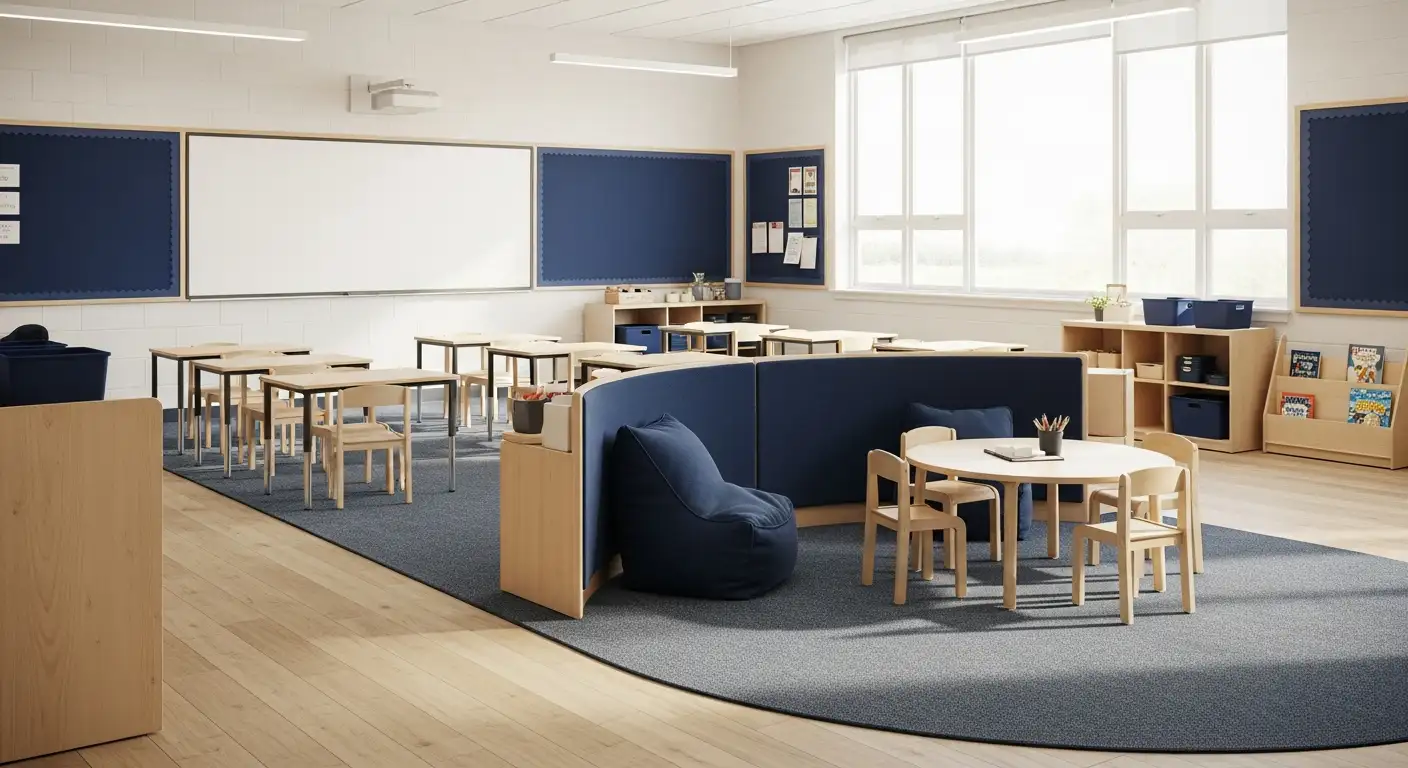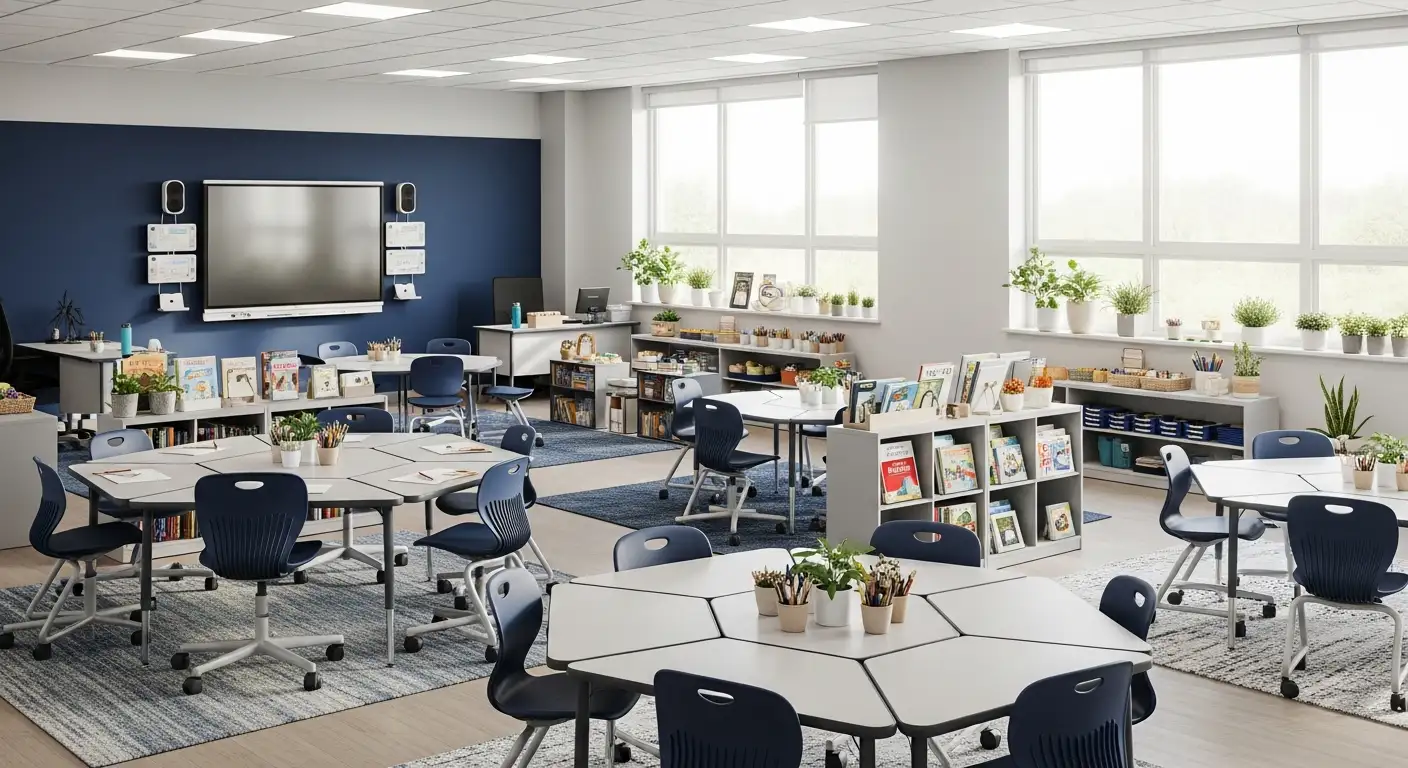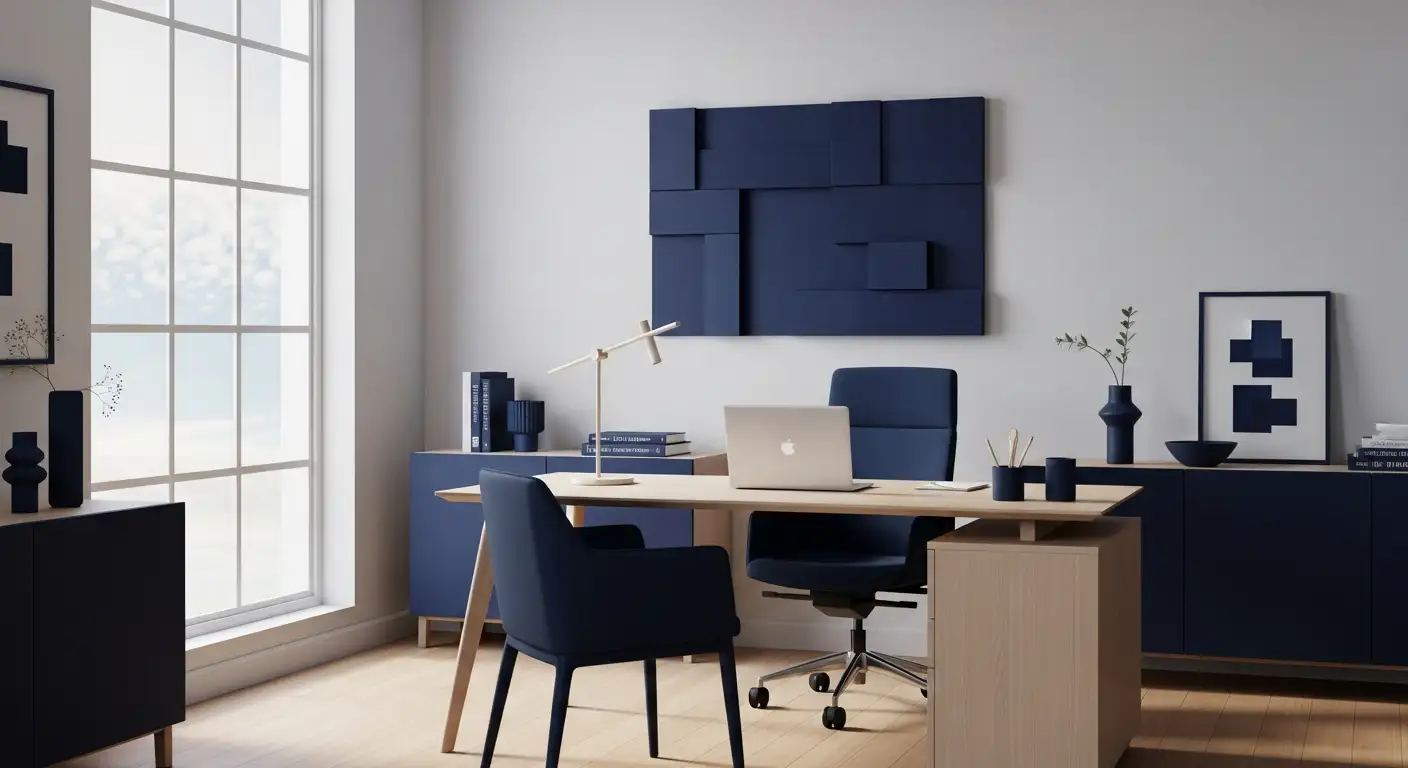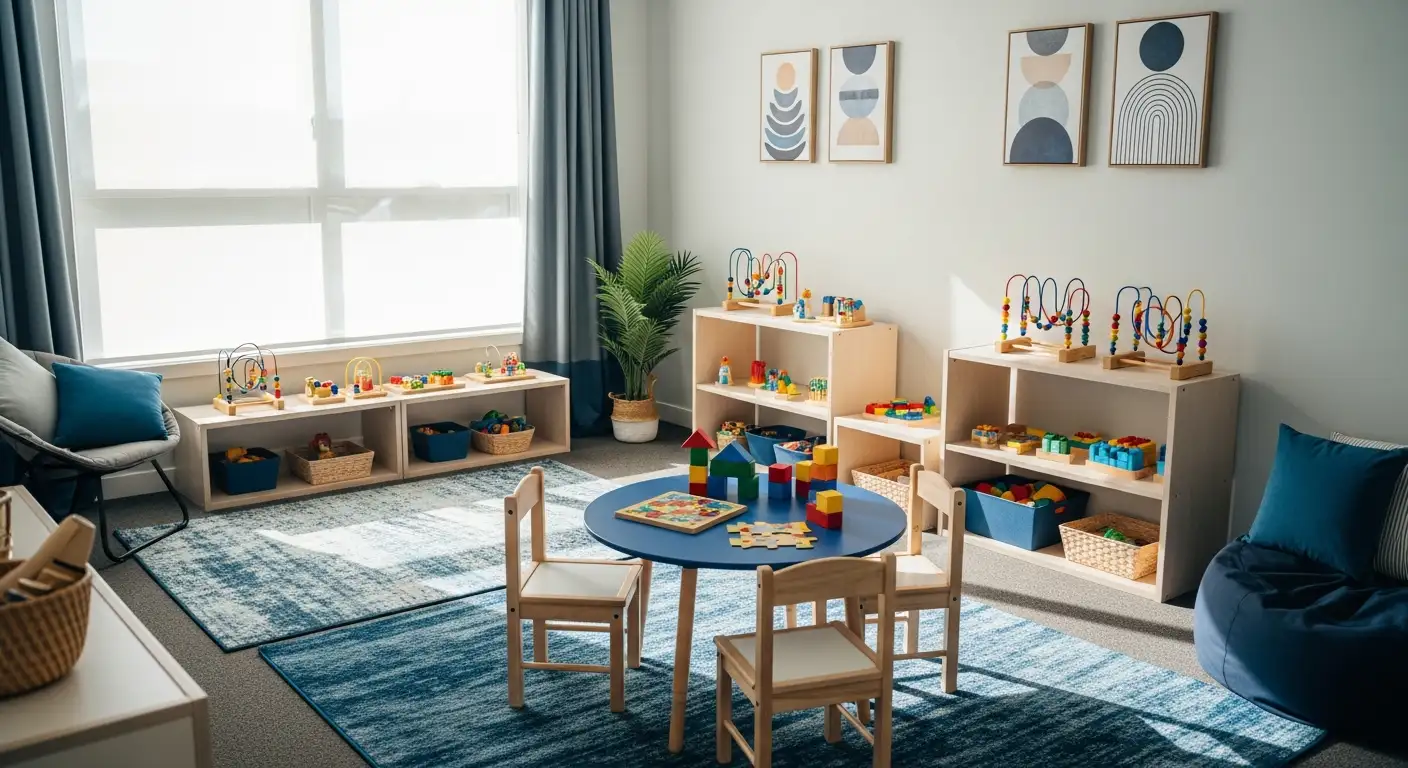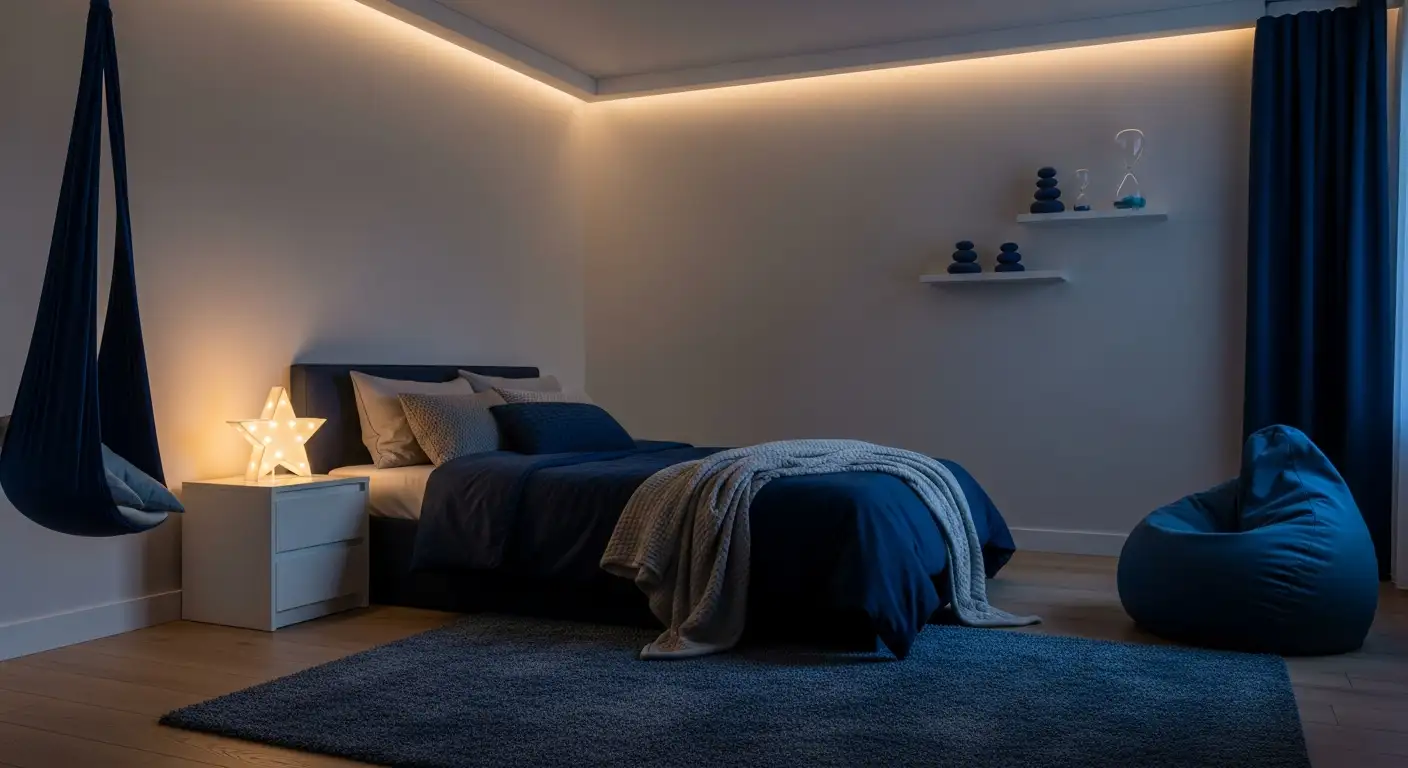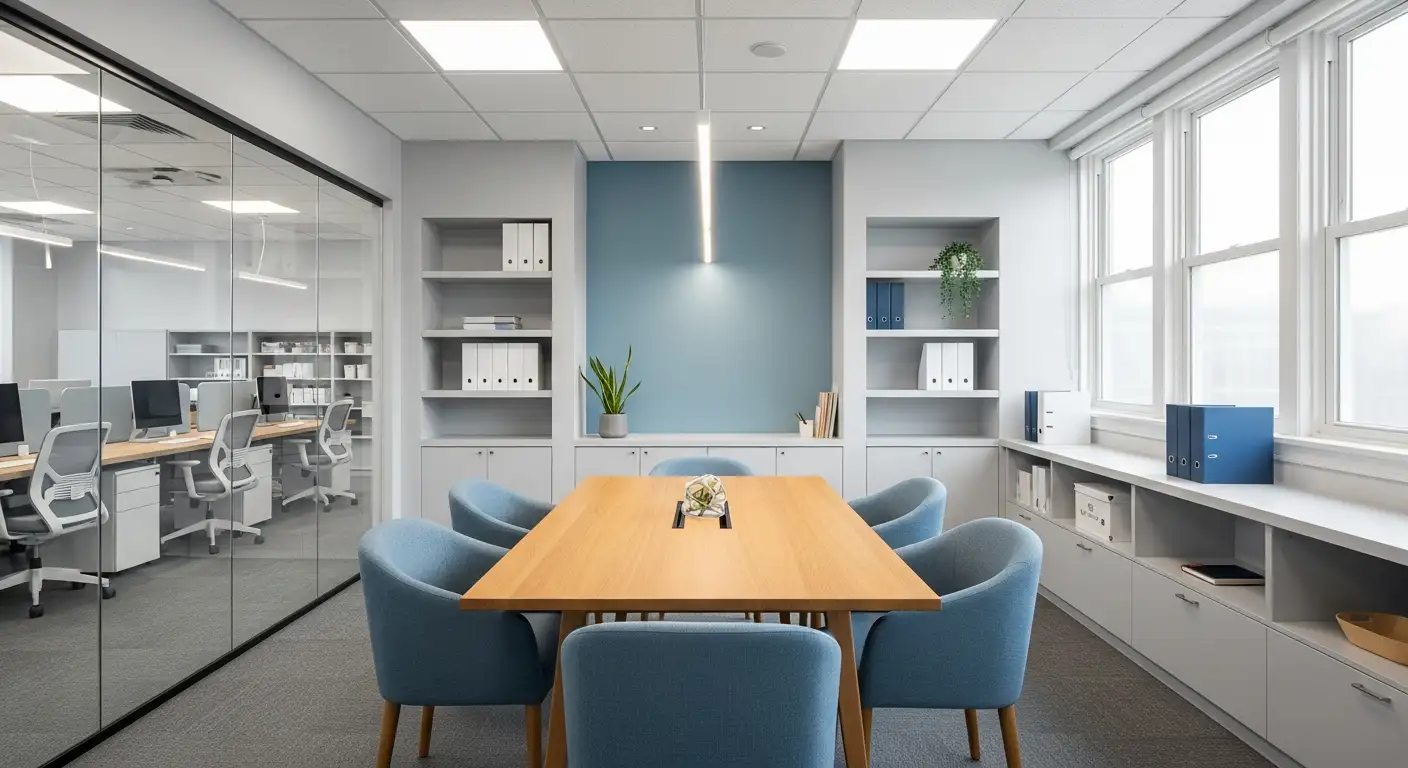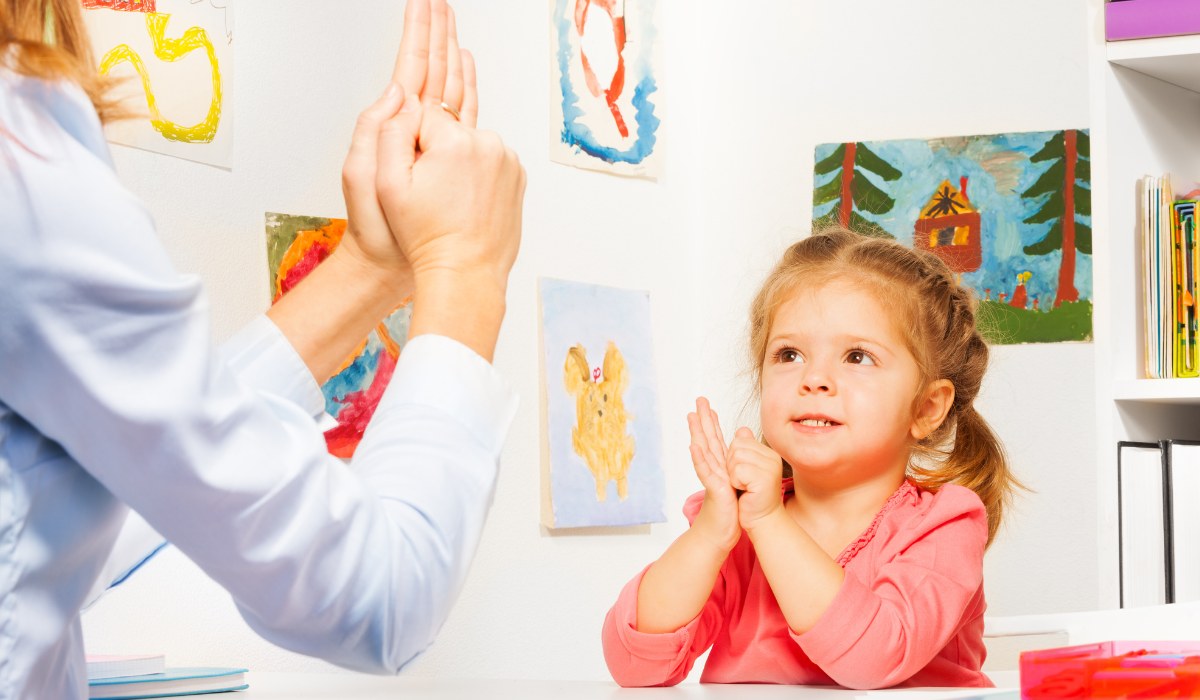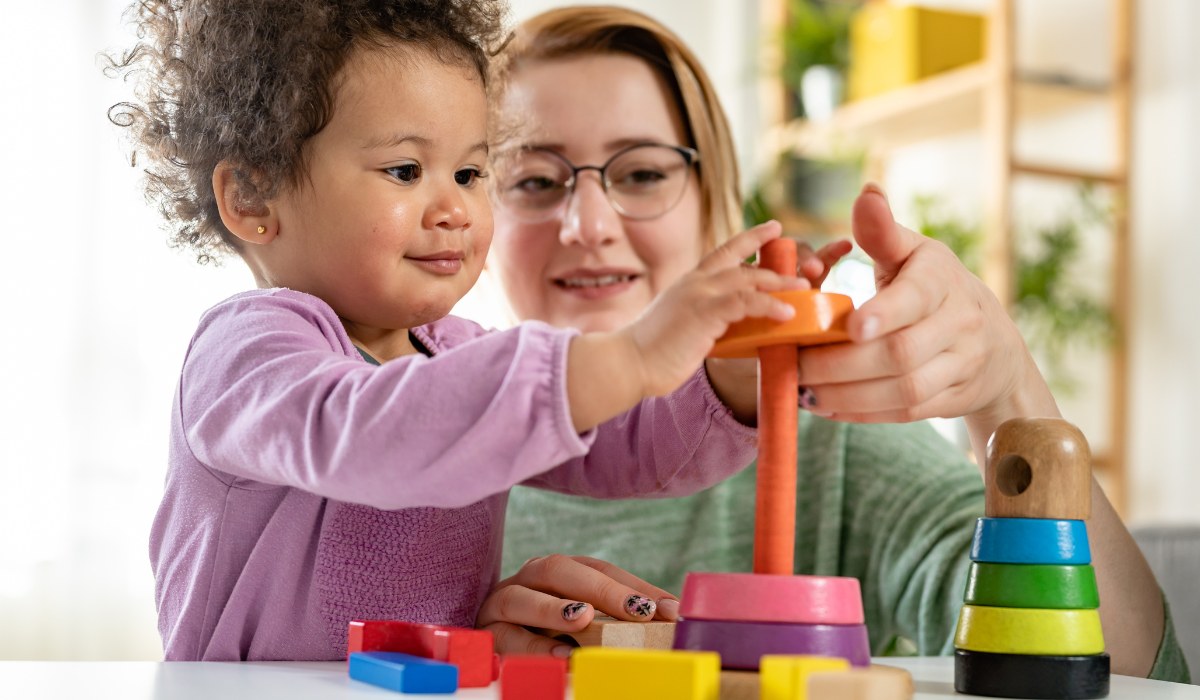How to Use Visual Learning Resources for Autism Education
Enhancing Autism Education Through Visual Learning Tools

Unlocking Potential with Visual Supports
Visual learning resources have become indispensable in autism education, offering unique ways to enhance communication, social understanding, and behavioral management for children with autism spectrum disorder (ASD). By integrating pictures, schedules, and other visual aids, educators and therapists can create predictable and supportive learning environments that promote independence and reduce anxiety. This article explores how visual supports function within therapeutic frameworks such as Applied Behavior Analysis (ABA), the professional roles involved, practical tools and techniques, research insights, and effective strategies to maximize their benefits in autism education.
Understanding Applied Behavior Analysis (ABA) Therapy and Visual Supports
What is Applied Behavior Analysis (ABA) therapy and how is it used to support individuals with autism?
Applied Behavior Analysis (ABA) therapy is a scientifically supported approach that focuses on improving beneficial behaviors while reducing challenging ones for individuals with autism. This therapy uses individualized strategies crafted by qualified professionals, including Board Certified Behavior Analysts (BCBAs), to address core skills like communication, social interaction, academics, and daily living activities.
ABA employs techniques such as positive reinforcement, prompting, and careful analysis of what happens before and after behaviors to guide learning. It’s especially effective when begun early, showing significant progress in language and social abilities.
How are visual supports integrated within ABA therapy?
Visual supports are a vital component in ABA therapy to enhance communication and understanding for children with autism. They include tools like picture cards, visual schedules, First-Then boards, and checklists that illustrate daily routines, task sequences, and behavioral expectations visually.
These supports help children by making abstract concepts concrete, reducing anxiety through predictability, and encouraging independence. Visuals can mark activity completion or assist in choosing between limited options, supporting decision-making and motivation. Their use is tailored and adjusted based on the child's unique needs and response to maximize effectiveness.
What are the benefits of combining ABA and visual resources?
Combining ABA therapy with visual supports amplifies learning by improving communication, social understanding, and routine compliance.
- Enhanced Comprehension: Visual aids help children grasp spoken instructions and social cues more easily.
- Reduced Anxiety: Predictable schedules and clear expectations decrease stress during transitions or new situations.
- Increased Independence: Visual sequences enable learners to complete tasks with less adult prompting.
- Positive Behavior Promotion: Tools like star charts and choice boards motivate children through reinforcement and self-determination.
Together, ABA and visual supports offer a structured, engaging, and individualized framework that fosters skill development, encourages positive behaviors, and improves quality of life for children with autism.
Who Are the Professionals Behind ABA Therapy and Visual Resource Implementation?
Roles of BCBAs, RBTs, and Paraprofessionals
ABA therapy is delivered by specialized professionals including Board Certified Behavior Analysts (BCBAs), Registered Behavior Technicians (RBTs), and paraprofessionals. BCBAs oversee designing and monitoring individualized treatment plans, while RBTs and paraprofessionals execute daily intervention activities under their guidance. All play distinct but interconnected roles in implementing visual supports such as visual schedules, choice boards, and task analysis effectively.
Training and Certification Requirements
To become a BCBA or RBT, professionals must possess a relevant bachelor's or master’s degree, complete specialized ABA training, accumulate supervised clinical hours, and pass a certification exam recognized by the Behavior Analyst Certification Board. This rigorous preparation ensures they have the expertise needed to tailor visual supports for communication enhancement and behavior management in children with ASD.
Team Approach in Therapy Delivery
ABA therapy with visual supports usually involves a collaborative team. This team may include BCBAs, RBTs, paraprofessionals, educators, speech therapists, and family members. Such a multidisciplinary approach promotes consistency and individualization in visual support use, maximizing communication, social skills, and independence for the child across environments like home and school.
Supervision and Quality Assurance
Ongoing supervision by BCBAs ensures fidelity and effectiveness in applying behavior strategies and visual resources. They continuously assess data, adjust plans, and provide training to RBTs and paraprofessionals. This high level of quality assurance supports positive outcomes and behavioral progress, while addressing challenging behavior with professional oversight when needed.
Key Techniques in ABA Therapy: The Role of Visual Supports
What are the common techniques used in ABA therapy for autism treatment?
ABA therapy employs several effective techniques such as discrete trial training (DTT), natural environment training (NET), prompting and fading, behavior chaining, and importantly, visual supports. Visual supports include tools like picture schedules, social stories, and visual activity organizers, which are essential for enhancing communication and behavior in children with autism spectrum disorder (ASD).
How are visual schedules, First-Then Boards, and choice boards used in ABA therapy?
Visual schedules present sequences of pictures outlining daily routines or tasks, providing a clear visual representation of what happens next. This structure helps reduce anxiety and improve compliance with routines by making each step predictable.
First-Then Boards are designed to motivate children by showing a preferred activity that follows the completion of a less preferred task. This visual cue encourages task-following behavior and enhances motivation.
Choice boards empower children by allowing them to make simple, limited decisions within their routine. This involvement promotes positive behavior by fostering independence and engagement.
How do visual supports enhance communication and behavior?
Visual aids assist children with ASD in understanding social cues, spoken instructions, and changes in routine. By making abstract concepts concrete and predictable, these tools help improve social understanding and reduce anxiety-related behaviors. Visual supports also facilitate language comprehension and expression, as they can include drawings, written words, photographs, or objects tailored to the child’s needs.
What role does positive reinforcement with visual tools play in ABA?
Tools such as star charts serve as visual reward systems, tracking desirable behaviors and providing individualized rewards. This form of positive reinforcement motivates children to maintain and improve their behavior, reinforcing independence and engagement. Consistent use of visual supports alongside reinforcement strategies helps generalize skills across environments and supports lasting behavioral improvements.
Assessing and Measuring Progress with Visual Learning Tools in ABA
How Does ABA Therapy Assess and Measure Progress in Individuals with Autism?
ABA therapy uses systematic data collection methods to monitor changes in the behaviors and skills of individuals with autism. Common approaches include recording frequency counts (how often a behavior occurs), duration (how long a behavior lasts), and latency (reaction time to a stimulus).
Data Collection Methods in ABA
These data collection techniques provide objective snapshots of progress. Visual supports, such as visual activity completion signals, aid both the learner and therapist during this process. Tools like turning icon cards, checking off lists, or timers clearly indicate when a task is completed or nearly complete. This clarity helps children understand expectations and supports accurate data gathering.
Using Visuals to Track Behavior and Skills
Visual tools beyond activity completion signals also assist in tracking behavior and skill acquisition. For example, star charts can motivate by visually representing progress and encouraging positive behaviors with individualized rewards. Choice boards promote decision-making, and visual schedules depict sequences of activities or steps within tasks, which supports consistent routines and compliance.
Evaluation of Intervention Effectiveness
Collected data is compiled and often visualized through graphs or charts to reveal trends over time. Standardized assessments complement this approach. This information allows behavior specialists and educators to evaluate how well an intervention is working and to adjust strategies accordingly. Visual supports remain central throughout the process, enhancing communication, independence, and engagement.
The Role of Visual Activity Completion Signals
Visual completion signals serve a dual function—they support the learner’s understanding of task progress and provide a measurable marker for data collection. By signaling transitions and task endings, they reduce anxiety and confusion, leading to smoother behavior management and more reliable assessment of outcomes.
| Aspect | Description | Visual Support Examples |
|---|---|---|
| Data Collection Methods | Frequency, duration, latency tracking | Checklists, timers, icon cards |
| Behavior and Skills Monitoring | Tracking progress and motivating change | Star charts, choice boards |
| Intervention Evaluation | Assessing effectiveness and making adjustments | Graphs from collected data, assessments |
| Completion Signals | Indicating task completion and aiding transitions | Turning icon cards, checking off lists |
In summary, integrating visual supports in ABA not only aids learners with autism in understanding and completing tasks but also provides therapists with clear, structured information to evaluate and enhance intervention plans effectively.
Benefits and Considerations of ABA Therapy with Visual Supports
Advantages of Combining ABA and Visual Supports
ABA (Applied Behavior Analysis) therapy is a well-established method for supporting individuals with autism spectrum disorder (ASD), helping improve communication, social skills, independence, and behavior management. When paired with visual supports—such as schedules, First-Then Boards, choice boards, and checklists—ABA’s effectiveness is enhanced. Visual supports provide concrete, clear representations of tasks, routines, and expectations, making abstract concepts easier to understand. This predictability reduces anxiety and encourages positive behavioral responses.
Impact on Communication, Independence, and Behavior
Visual supports boost communication by aiding understanding and expression for children who struggle with language. They help children follow instructions, recognize social cues, and navigate social situations. Tools like visual schedules and mini-task organizers promote independence by breaking down complex activities into manageable steps, enabling children to complete tasks with less adult assistance. Moreover, visual reinforcement systems such as star charts motivate children to engage in desirable behaviors, supporting positive behavior strategies in both home and educational settings.
Potential Challenges and Limitations
While ABA combined with visual supports offers many benefits, limitations exist. The response to intervention varies for each child, and some families may find the therapy’s demands challenging. Additionally, over-reliance on structured routines may raise concerns about reducing natural flexibility. Implementing visual supports without consistency or individualization may reduce their effectiveness. Professional guidance is recommended when addressing challenging behaviors or adjusting strategies.
Importance of Individualized and Consistent Implementation
Effective use of visual supports in ABA requires tailored approaches that match each child’s needs and abilities. Consistency and repetition help children learn and generalize skills across environments. Reinforcement aligned with the child’s preferences further strengthens motivation and engagement. Using evidence-based materials developed under expert guidance ensures alignment with best practices and supports meaningful progress in communication and behavior.
| Aspect | Description | Example Tools or Strategies |
|---|---|---|
| Communication | Enhance understanding and expression of language | Visual schedules, picture cards, video modeling |
| Independence | Breakdown tasks and promote self-management | Mini-task organizers, choice boards |
| Behavior Management | Encourage positive behavior with reinforcement and clear expectations | Star charts, First-Then Boards |
| Challenges | Variability in response and implementation demands | Need for individualization and professional input |
| Effective Implementation | Tailoring, consistency, repetition, and reinforcement | Customized visuals and structured routines |
Types of Visual Learning Resources and Their Practical Uses
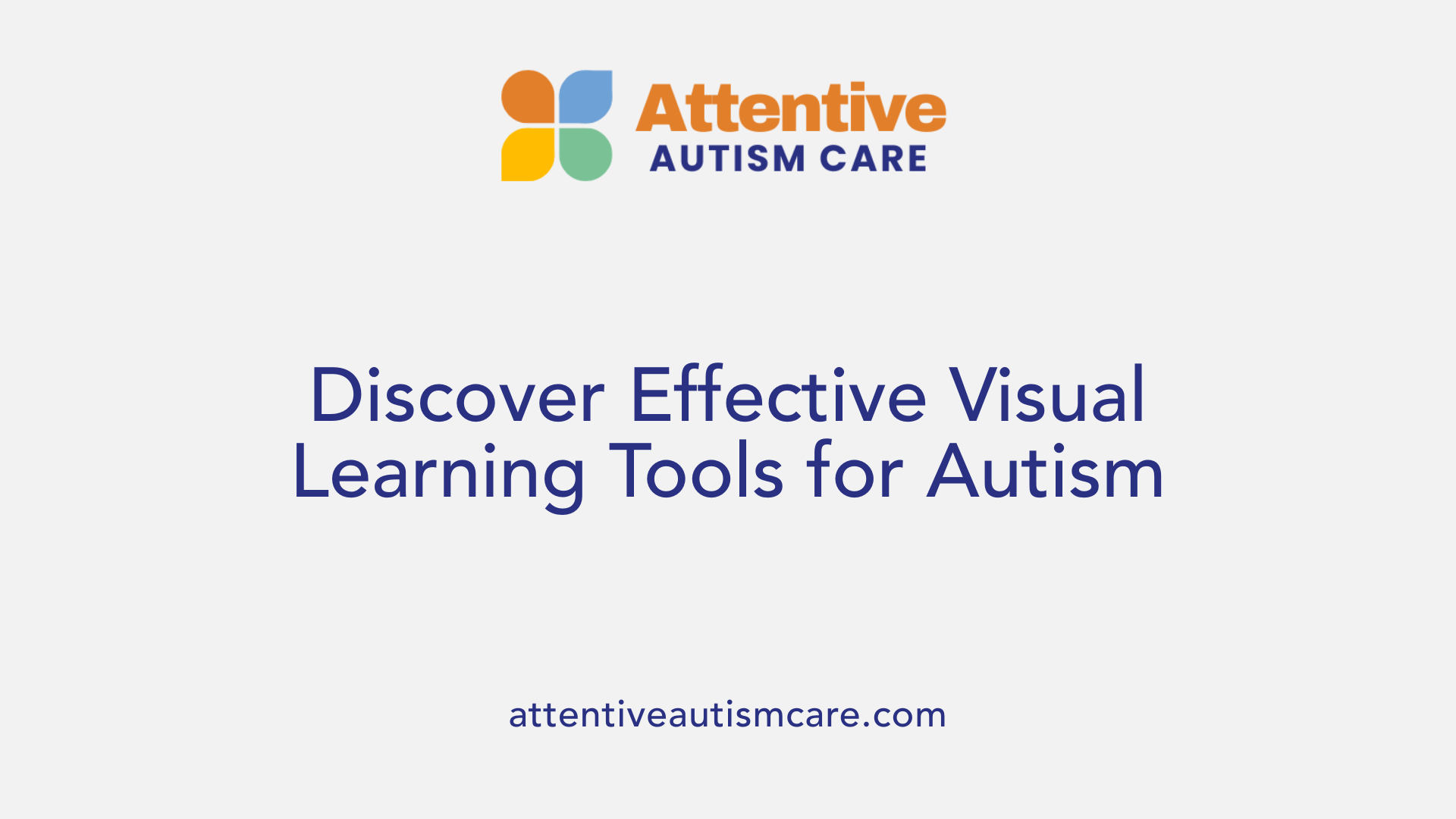
Visual schedules and task organizers
Visual schedules are sequences of images or icons that outline daily or task-specific activities, helping children with autism anticipate what will happen next. These can be fixed on walls or portable, guiding through routines or multi-step tasks. Mini-visual task organizers break down complex tasks into manageable steps, aiding task completion and fostering independence.
First-Then Boards and choice boards
A First-Then Board visually connects a less preferred task with a preferred activity, encouraging task compliance and motivation. Choice boards present limited, simple options to empower decision-making, enhancing engagement and positive behaviors by giving children a sense of control.
Star charts and reward systems
Star charts track progress and good behavior, providing visual motivation through individualized rewards. This system promotes positive behaviors and independence by reinforcing accomplishments consistently.
Priming materials and checklists
Priming materials introduce upcoming activities to reduce anxiety and prepare students. Checklists and visual reminders support daily task management, enhancing understanding and task completion.
Home-made vs. software-created visuals
Many effective visual supports are home-made using printed pictures or photographs, offering inexpensive, personalized tools. Software solutions like Boardmaker and SymWriter allow educators and caregivers to create customized visuals aligned with evidence-based practices, supporting a tailored approach to learning and communication.
Together, these visual tools promote structure, motivation, communication, and independence for children with ASD, proving essential in autism education and therapy.
Visual Supports to Foster Communication and Social Understanding
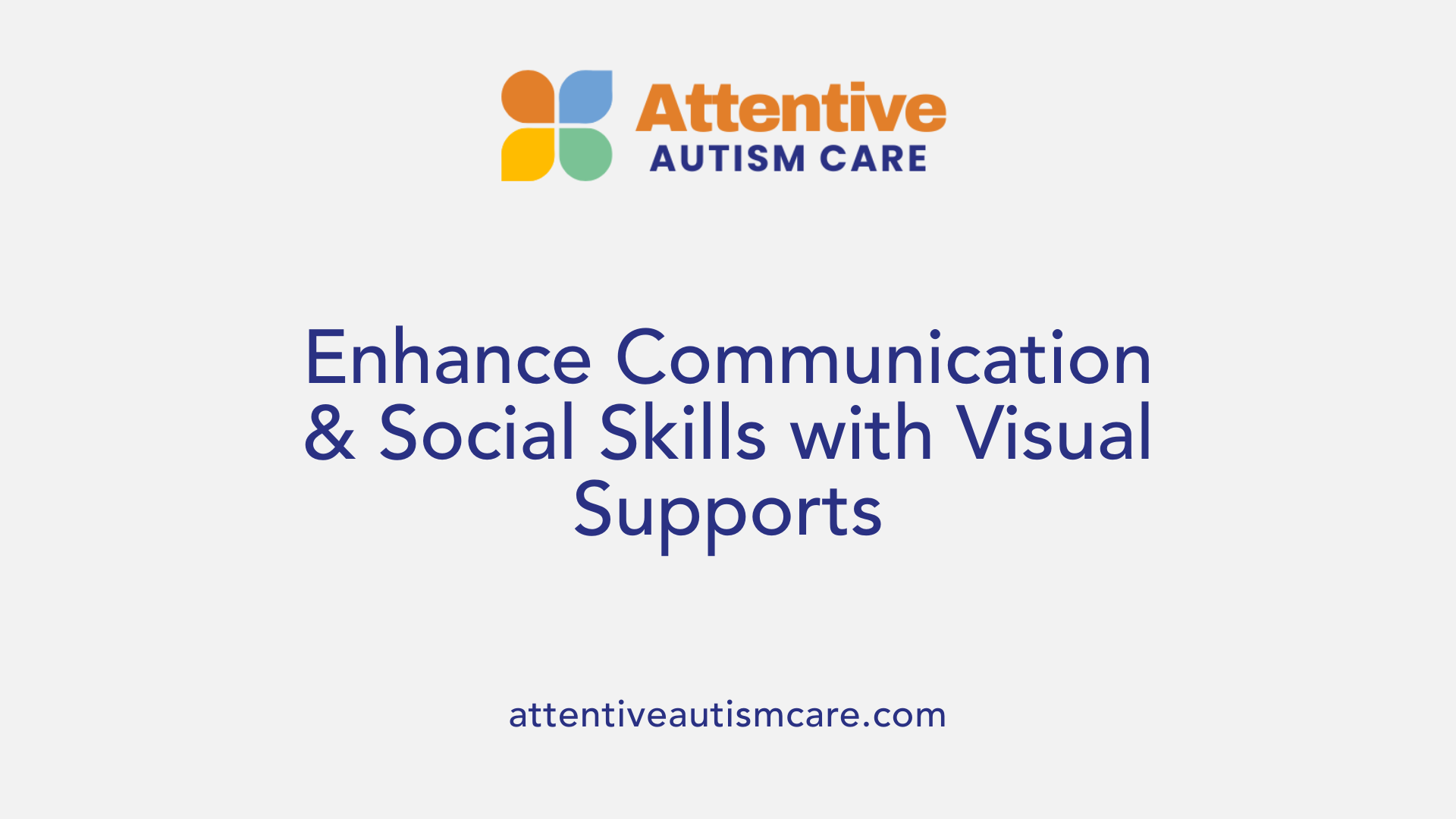
Facilitating Language Expression and Comprehension
Visual supports play a crucial role in helping children with autism spectrum disorder (ASD) express and comprehend language. Tools like picture cards, written words, and objects simplify communication by providing clear, concrete references. This approach not only aids understanding but also enhances the child's ability to convey needs and thoughts effectively, making daily interactions smoother.
Teaching Social Cues through Visuals
Children with ASD often struggle to interpret social signals. Visual aids such as drawings and photographs can illustrate facial expressions, gestures, and social scenarios, making abstract social cues more tangible. By breaking down social interactions into recognizable visual steps, these supports help children learn to respond appropriately in various social contexts.
Use of Video Modeling and Mnemonics
Video modeling is an evidence-based method to teach social skills by showing videos of desired behaviors or social interactions, which children can watch and imitate. Mnemonics and visual schedules further reinforce learning by structuring information in memorable visual formats. Together, these methods enhance attention and retention of social communication skills.
Progression from Static to Dynamic Social Teaching
Visual teaching methods employ a hierarchical progression starting with static images that depict basic emotions or gaze following. As skills develop, instruction advances to dynamic social interactions using interactive technologies such as iPads and video models. This gradual increase in complexity supports incremental learning of social cognition and communication skills.
These visually based interventions not only build essential communication abilities but also foster independence and reduce anxiety, improving overall social understanding for children with autism.
Research and Technology Advancements Enhancing Visual-Based Autism Interventions
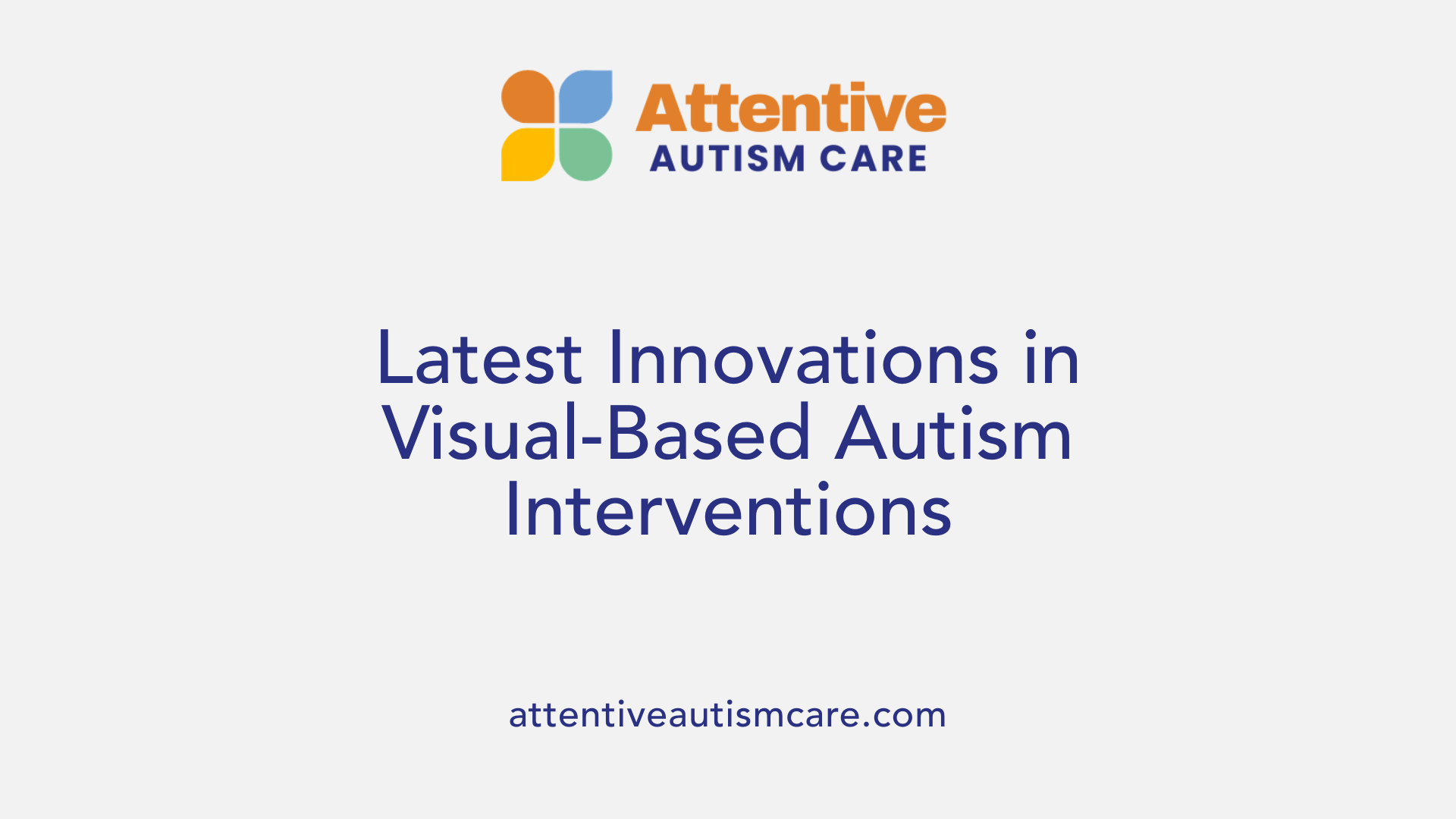
How do eye-tracking studies illuminate social attention in autism?
Eye-tracking technology has revolutionized the understanding of how individuals with autism spectrum disorder (ASD) attend to visual stimuli. It objectively measures visual attention patterns, revealing that children with ASD often show diminished attention to faces and social cues. This reduced focus affects language development and social skills by impacting abilities like inference and perspective-taking.
What are the impacts of visual attention deficits?
Visual attention deficits contribute to challenges in social communication and cognition. Early inattention to social stimuli can cascade into broader difficulties with understanding non-verbal cues, emotions, and social context, which are critical for effective interaction and language acquisition.
How are technologies like iPads and video modeling integrated?
Visual teaching methods (VTM) incorporate technology such as iPads and video modeling to explicitly teach social communication skills. Starting with static images, interventions progress to dynamic social interactions, helping learners recognize emotion, follow gaze, and develop complex social inferences. This hierarchical approach supports incremental skill acquisition.
How are neural and behavioral outcomes measured?
Eye-tracking allows researchers to assess both neural and behavioral responses to visual interventions. By documenting changes in visual attention and social engagement, it provides objective evidence of intervention effectiveness. This supports personalized therapy adjustments and tracks progress over time.
What evidence supports visual teaching methods?
Visual supports combined with positive behavioral strategies are evidence-based practices proven to improve social communication in children with ASD. Early intervention with visually focused methods can promote neural connectivity and language development, especially benefiting non-verbal children using augmentative communication. The integration of technology and explicit visual teaching enhances learning and generalization of social skills.
Best Practices for Implementing Visual Supports in Autism Education
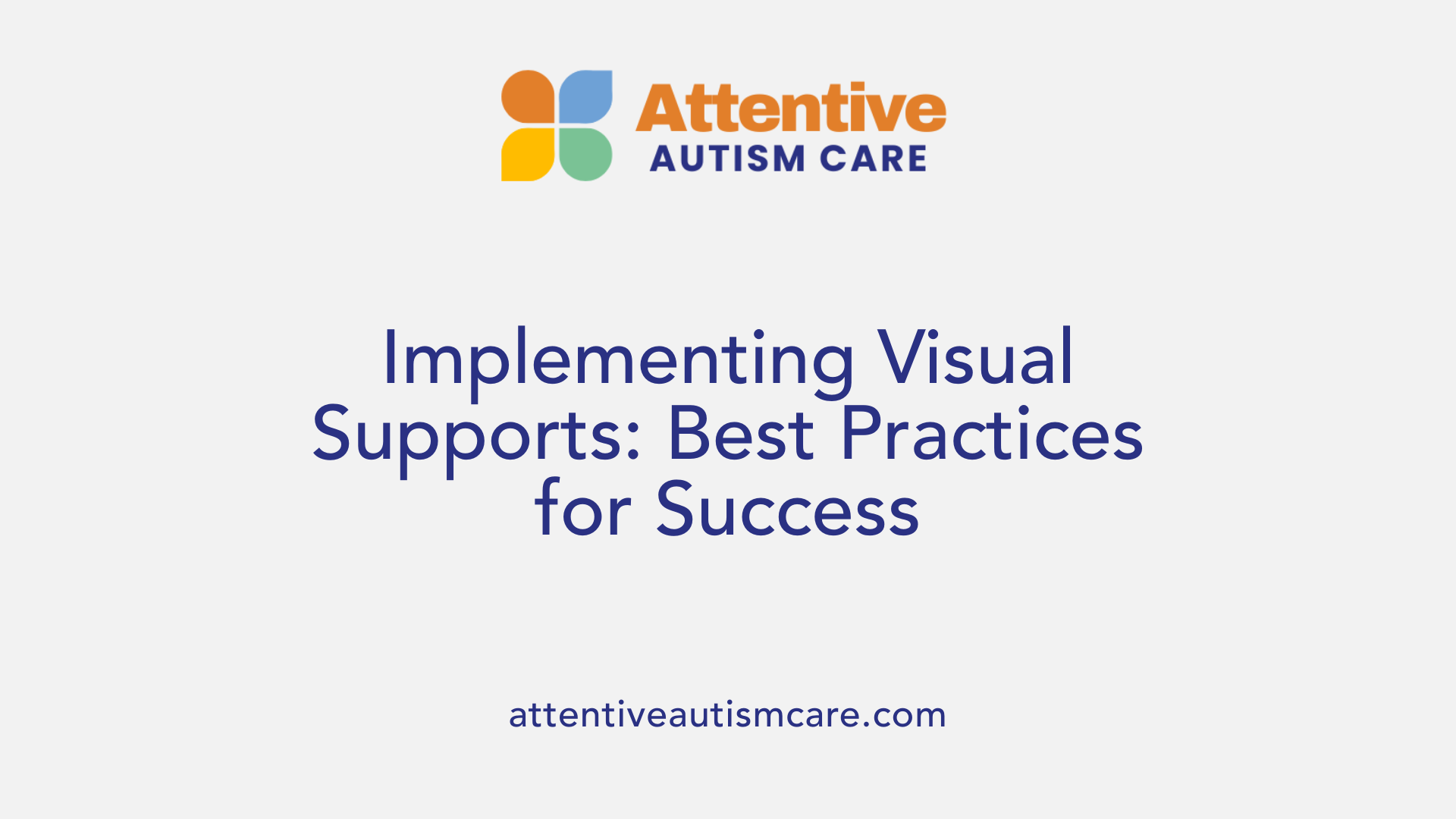
Individualization and consistency
Successful use of visual supports in autism education hinges on tailoring materials to each child's unique needs and maintaining consistent application. Visual supports must reflect the learner's preferences, comprehension level, and behavioral goals. Consistency in using visuals across routines and settings helps solidify understanding and promotes engagement.
Reinforcement and planning
Visual supports work best when integrated with clear reinforcement strategies. Tools like star charts or choice boards motivate positive behavior and encourage independence. Planning visual schedules and materials thoughtfully, including signals for activity completion, ensures structured learning and eases transitions.
Generalization across environments
For greater impact, visual support strategies should extend beyond one setting, such as from school to home. Generalizing skills with visuals fosters independence and helps children apply learned behaviors in various social and daily contexts, reducing anxiety and increasing participation.
Professional guidance and consultations
While visual supports are versatile, professional consultation with behavior specialists or Board Certified Behavior Analysts (BCBAs) is recommended, especially when addressing challenging behaviors. Such collaboration ensures that interventions align with evidence-based practices and adapt to evolving learner needs.
Creating engaging and accessible materials
Effective visual supports include diverse formats—pictures, drawings, written words, or objects—and can be homemade or created using software like Boardmaker. Engaging visuals that are clear, simple, and contextually relevant enhance comprehension and encourage communication. The inclusion of interactive elements like visual completion signals or mini-task organizers further supports learner engagement.
Maximizing Impact with Visual Learning in Autism Education
Integrating visual learning resources within autism education and ABA therapy offers powerful benefits, helping children with autism improve communication, manage routines, and develop independence. When used thoughtfully by trained professionals and caregivers, these tools not only reduce anxiety and challenging behaviors but also actively engage learners through clear, concrete representations of expectations and choices. Advances in research and technology continue to enhance the development and effectiveness of visual-based interventions. Ultimately, success depends on individualized planning, consistent application, and collaboration among educators, therapists, and families to ensure that visual supports foster meaningful learning and positive developmental outcomes.
References
- Visual Supports and Autism
- Free ABA Visual Resources & Templates!
- Visual Supports for Students with Autism in the Classroom
- How are Visual Supports Used in Applied Behavior Analysis?
- Explicit Visual Teaching Methods and Eye Tracking
- Applied Behavior Analysis in Children and Youth with ...
- Applied Behavior Analysis (ABA)
- How to Track Progress in ABA Therapy Through Reports ...
- Ongoing Assessment in ABA Therapy: A Data-Driven ...
- Evaluating Progress in Behavioral Programs for Children ...


